A Simple Guide to Pool Shock Treatments
Maintaining a sparkling, clean pool is not just about the regular skimming and filtering. It also involves a process often overlooked by many pool owners—shocking. Pool shock treatments are an essential part of keeping your swimming area safe and enjoyable, but the idea can be daunting for the uninitiated. Shocking your pool helps to eliminate harmful bacteria and organic contaminants that regular chlorination might miss. Without this crucial step, your pool water can become cloudy, unpleasant, and potentially unsafe. In this guide, we'll demystify pool shocking and give you clear instructions on when, why, and how to do it effectively. We'll cover the different types of pool shock products available, how to measure the correct amount based on your pool's size, and the best times to perform the treatment for optimal results. Additionally, we'll provide troubleshooting tips for common issues you might encounter, ensuring that you can maintain a pristine and inviting swimming environment all season long.

Introduction to Pool Shock Treatments
Pool shock treatments are a robust routine maintenance practice that ensures the health of your pool water. Shocking entails adding chemicals to your pool to break down organic contaminants such as sweat, oils, and urine that regular chlorination doesn’t tackle. It’s an occasional boost that keeps the water clear of algae, bacteria, and cloudy water problems, ensuring that every dip in your pool remains a pristine experience.
The Importance of Pool Shock Treatments
Your pool is exposed to numerous contaminants daily. While routine maintenance handles everyday debris, microscopic threats can accumulate. Shocking your pool effectively eliminates these dangers, oxidising contaminants and freeing up combined chlorine—also known as chloramines—which can cause skin irritation and that notorious “chlorine” smell. By integrating shock treatments into your care routine, you can maintain a pool that is not only visually inviting but also chemically balanced and healthy.
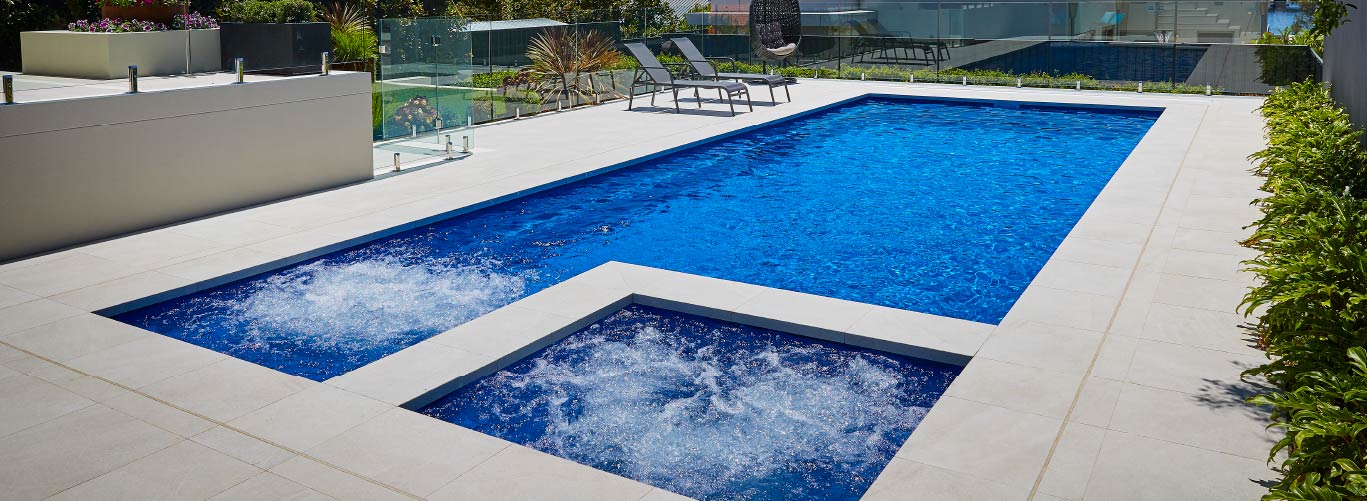
When and How Often to Shock Your Display Pool
There’s no strict calendar for shock treatment; it’s all about understanding your pool’s needs. Typically, pool owners should shock their pools once every week or two, but there are circumstances that call for immediate attention:
- After heavy usage, such as a party or a busy holiday
- During extreme weather conditions, particularly after heavy rain or intense heat waves
- If the water begins to look dull, cloudy, or presents an unusual smell
- When tests indicate high levels of chloramines or a significant pH shift
Types of Pool Shock
There is a variety of shock treatments available, and the choice depends on what your pool requires:
- Chlorine Shock contains a high level of chlorine and is perfect for killing bacteria and algae. This type of shock treatment is ideal for regular maintenance and after heavy pool usage, ensuring the water remains clean and safe for swimming.
- Non-Chlorine Shock is mainly used to oxidize the water, getting rid of organic materials without increasing chlorine levels. This option is great for regular upkeep, as it helps maintain water clarity and reduces the buildup of contaminants, without the harsh effects of additional chlorine.
- Algaecide Shock works specifically to combat algae growth, which is vital after an outbreak. It specifically targets and kills various types of algae, preventing them from spreading and turning your pool water green, which can be particularly common in warmer climates or during peak swimming season.
Understanding the differences between these treatments is important for selecting the right shock for your pool. Each type has its unique benefits and best-use scenarios, ensuring your pool remains in optimal condition. Always consult the manufacturer’s recommendations to ensure compatibility with your specific pool system and to get the most effective results from your chosen treatment. Regular maintenance and appropriate shock treatments will keep your pool water sparkling and safe for all swimmers.
Steps to Shock Your Pool
Shocking your pool is a straightforward process if done carefully. Always wear protective gear and handle chemicals with caution.
1. Start by testing your pool water to understand the chemical adjustments needed.
2. Prepare the shock treatment according to the package instructions. This might involve diluting it with water before application.
3. Add the shock treatment to the pool, preferably in the evening or at dusk, to prevent the sun from affecting its potency.
4. Allow the pump and filtration system to circulate the chemicals throughout the pool for a full cycle, typically 8 hours or overnight.
5. Test the water again before allowing anyone to swim, verifying the chemical levels are safe for use.
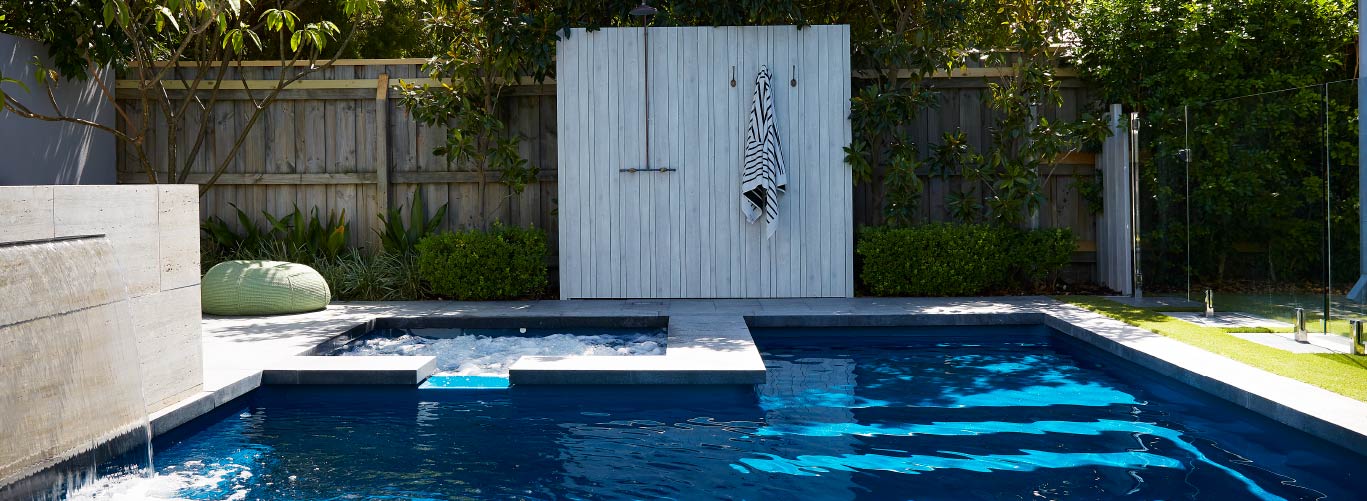
Mistakes to Avoid When Shocking Your Pool
To ensure a safe and effective pool shock treatment:
- Never mix different types of shock or other chemicals together, as this can lead to dangerous reactions. Always read the labels carefully and follow the manufacturer’s instructions to avoid any hazardous situations.
- Avoid shocking the pool during the day. Sunlight can dissipate the active ingredients before they have a chance to work effectively. It’s best to perform the treatment in the evening or at night when the sun is down and the chemicals can work uninterrupted.
- Don’t allow anyone into the pool until the chemicals have fully circulated and returned to safe levels. This usually requires running the pool pump for several hours after adding the shock treatment and testing the water to ensure it is within safe parameters.
By avoiding these pitfalls and following these guidelines, you can maintain an inviting, clear, and hygienic pool environment all year round, ensuring it is always ready for a refreshing swim.
Conclusion
Regular pool shock treatments are a crucial component to maintaining a healthy swimming pool environment. They ensure your water stays clear, free from bacteria and other organic contaminants, and pleasant to swim in. Understanding what products to use, when to perform the shock, and how to do it safely will keep your pool care routine efficient and effective. Remember, a little preventative maintenance goes a long way towards guaranteeing countless refreshing swims in your backyard oasis.
A Simple Guide to Pool Shock Treatments
Maintaining a sparkling, clean pool is not just about the regular skimming and filtering. It also involves a process often overlooked by many pool owners—shocking. Pool shock treatments are an essential part of keeping your swimming area safe and enjoyable, but the idea can be daunting for the uninitiated. Shocking your pool helps to eliminate harmful bacteria and organic contaminants that regular chlorination might miss. Without this crucial step, your pool water can become cloudy, unpleasant, and potentially unsafe. In this guide, we'll demystify pool shocking and give you clear instructions on when, why, and how to do it effectively. We'll cover the different types of pool shock products available, how to measure the correct amount based on your pool's size, and the best times to perform the treatment for optimal results. Additionally, we'll provide troubleshooting tips for common issues you might encounter, ensuring that you can maintain a pristine and inviting swimming environment all season long.
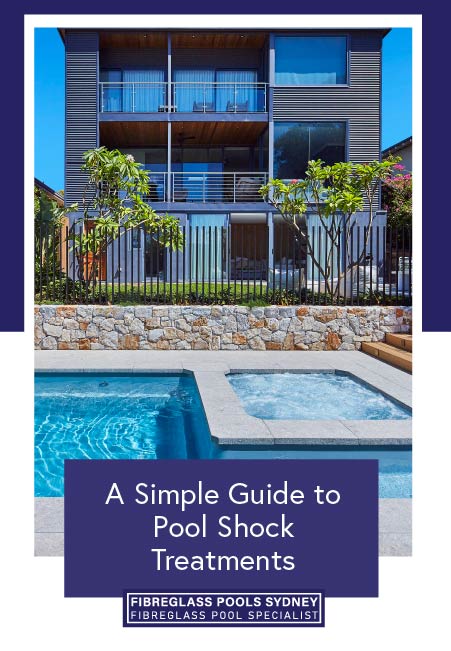
Introduction to Pool Shock Treatments
Pool shock treatments are a robust routine maintenance practice that ensures the health of your pool water. Shocking entails adding chemicals to your pool to break down organic contaminants such as sweat, oils, and urine that regular chlorination doesn’t tackle. It’s an occasional boost that keeps the water clear of algae, bacteria, and cloudy water problems, ensuring that every dip in your pool remains a pristine experience.
The Importance of Pool Shock Treatments
Your pool is exposed to numerous contaminants daily. While routine maintenance handles everyday debris, microscopic threats can accumulate. Shocking your pool effectively eliminates these dangers, oxidising contaminants and freeing up combined chlorine—also known as chloramines—which can cause skin irritation and that notorious “chlorine” smell. By integrating shock treatments into your care routine, you can maintain a pool that is not only visually inviting but also chemically balanced and healthy.
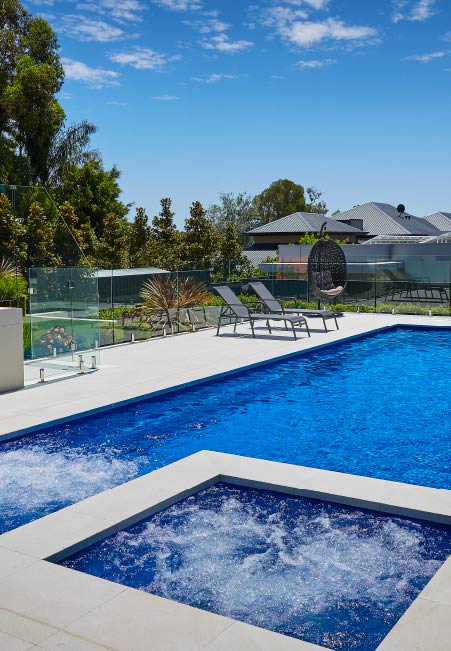
When and How Often to Shock Your Display Pool
There’s no strict calendar for shock treatment; it’s all about understanding your pool’s needs. Typically, pool owners should shock their pools once every week or two, but there are circumstances that call for immediate attention:
- After heavy usage, such as a party or a busy holiday
- During extreme weather conditions, particularly after heavy rain or intense heat waves
- If the water begins to look dull, cloudy, or presents an unusual smell
- When tests indicate high levels of chloramines or a significant pH shift
Types of Pool Shock
There is a variety of shock treatments available, and the choice depends on what your pool requires:
- Chlorine Shock contains a high level of chlorine and is perfect for killing bacteria and algae. This type of shock treatment is ideal for regular maintenance and after heavy pool usage, ensuring the water remains clean and safe for swimming.
- Non-Chlorine Shock is mainly used to oxidize the water, getting rid of organic materials without increasing chlorine levels. This option is great for regular upkeep, as it helps maintain water clarity and reduces the buildup of contaminants, without the harsh effects of additional chlorine.
- Algaecide Shock works specifically to combat algae growth, which is vital after an outbreak. It specifically targets and kills various types of algae, preventing them from spreading and turning your pool water green, which can be particularly common in warmer climates or during peak swimming season.
Understanding the differences between these treatments is important for selecting the right shock for your pool. Each type has its unique benefits and best-use scenarios, ensuring your pool remains in optimal condition. Always consult the manufacturer’s recommendations to ensure compatibility with your specific pool system and to get the most effective results from your chosen treatment. Regular maintenance and appropriate shock treatments will keep your pool water sparkling and safe for all swimmers.
Steps to Shock Your Pool
Shocking your pool is a straightforward process if done carefully. Always wear protective gear and handle chemicals with caution.
1. Start by testing your pool water to understand the chemical adjustments needed.
2. Prepare the shock treatment according to the package instructions. This might involve diluting it with water before application.
3. Add the shock treatment to the pool, preferably in the evening or at dusk, to prevent the sun from affecting its potency.
4. Allow the pump and filtration system to circulate the chemicals throughout the pool for a full cycle, typically 8 hours or overnight.
5. Test the water again before allowing anyone to swim, verifying the chemical levels are safe for use.
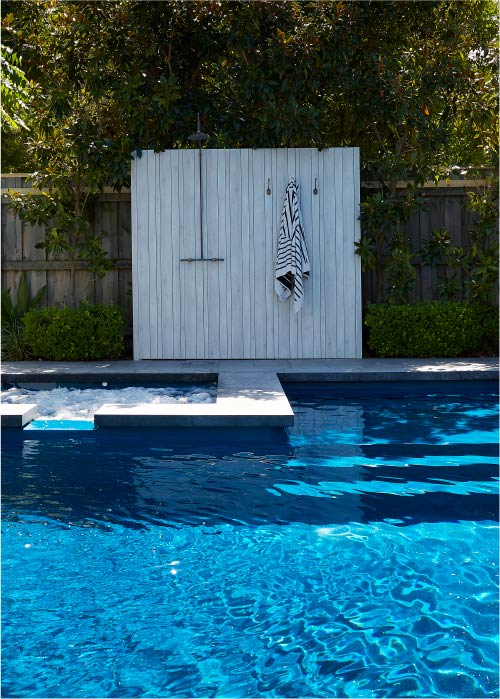
Mistakes to Avoid When Shocking Your Pool
To ensure a safe and effective pool shock treatment:
- Never mix different types of shock or other chemicals together, as this can lead to dangerous reactions. Always read the labels carefully and follow the manufacturer’s instructions to avoid any hazardous situations.
- Avoid shocking the pool during the day. Sunlight can dissipate the active ingredients before they have a chance to work effectively. It’s best to perform the treatment in the evening or at night when the sun is down and the chemicals can work uninterrupted.
- Don’t allow anyone into the pool until the chemicals have fully circulated and returned to safe levels. This usually requires running the pool pump for several hours after adding the shock treatment and testing the water to ensure it is within safe parameters.
By avoiding these pitfalls and following these guidelines, you can maintain an inviting, clear, and hygienic pool environment all year round, ensuring it is always ready for a refreshing swim.
Conclusion
Regular pool shock treatments are a crucial component to maintaining a healthy swimming pool environment. They ensure your water stays clear, free from bacteria and other organic contaminants, and pleasant to swim in. Understanding what products to use, when to perform the shock, and how to do it safely will keep your pool care routine efficient and effective. Remember, a little preventative maintenance goes a long way towards guaranteeing countless refreshing swims in your backyard oasis.



